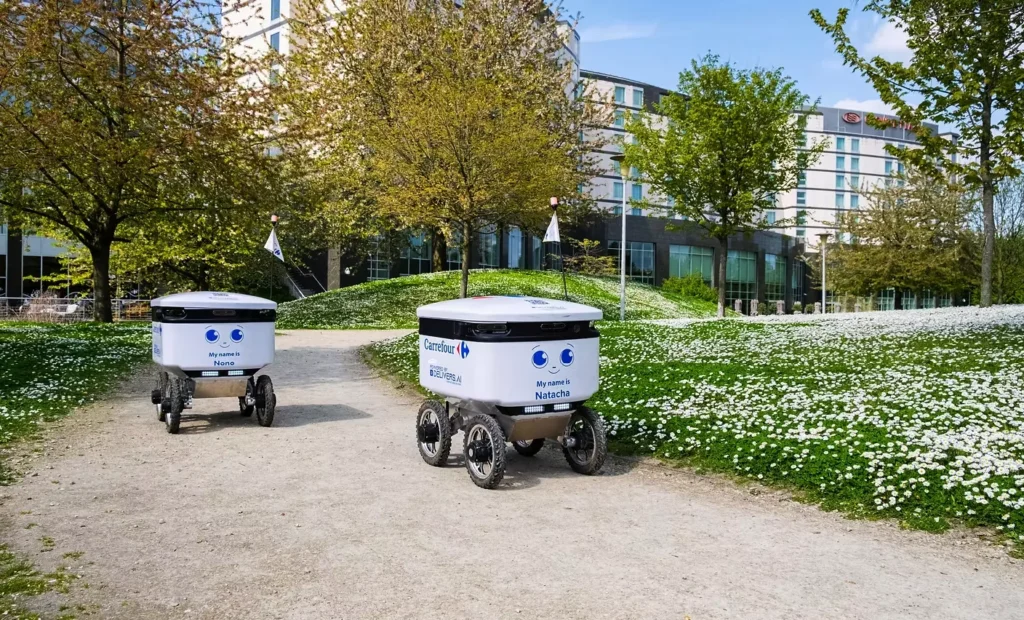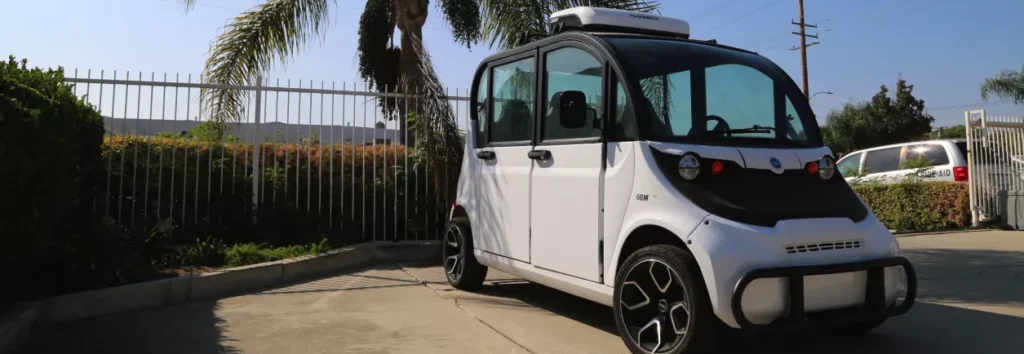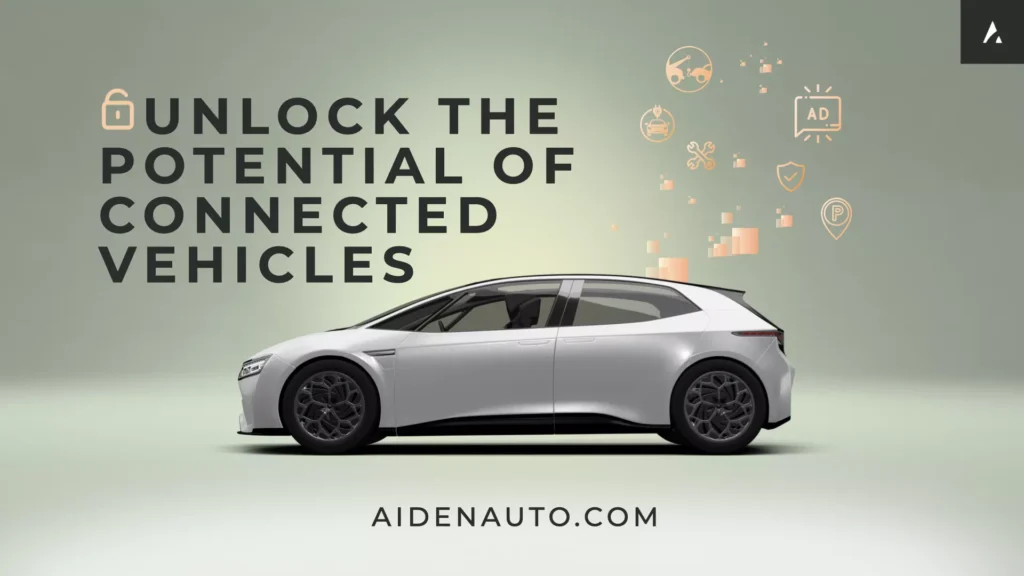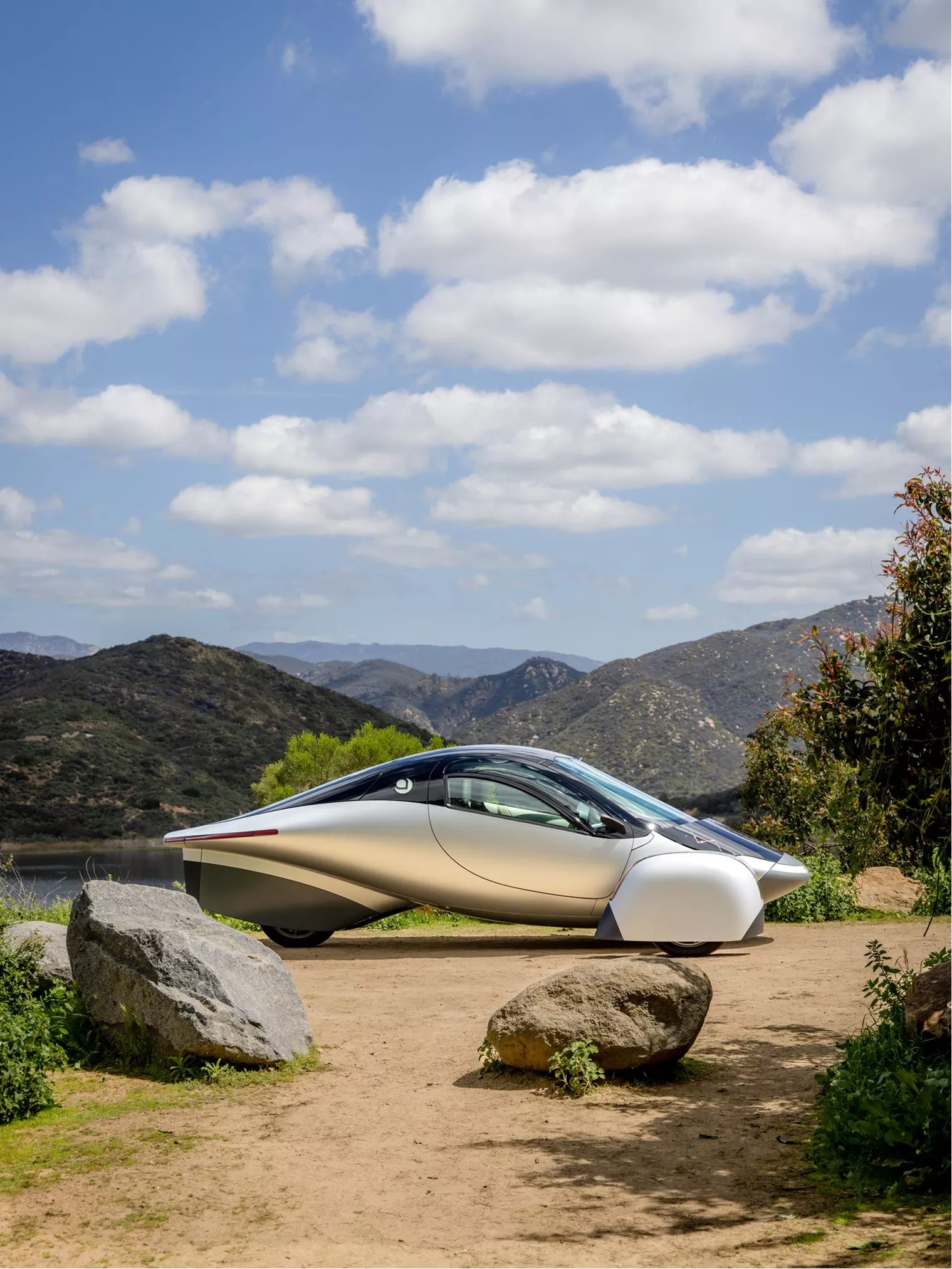










From EVs and batteries to autonomous vehicles and urban transport, we cover what actually matters. Delivered to your inbox weekly.
Honda is scaling back its electric vehicle ambitions and reallocating capital to hybrids. The company announced a 30% reduction in its EV and software investment plans through 2030, from ¥10 trillion ($68.4 billion) to ¥7 trillion ($47.4 billion), citing weak global demand and shifting customer preferences.
The revised strategy marks a structural reset for one of Japan’s largest automakers, which now expects battery electric vehicles to account for just 20% of its global sales by 2030.
That’s a steep downgrade from the previous 30% forecast, underscoring the uneven market uptake Honda and its peers have faced.
Instead, Honda is doubling down on hybrids.
Honda anticipates selling between 2.2 and 2.3 million hybrid vehicles annually by 2030—up from fewer than 900,000 last year. The company will roll out 13 next-generation hybrid models across global markets starting in 2027.
A new hybrid system for larger vehicles is also under development and scheduled for launch later in the decade.
This pivot extends Honda’s near-term reliance on hybrid drivetrains as a compliance and transition tool. While fully electric models will continue to roll out, volume growth will now be driven by hybridized platforms already familiar to production lines and consumers.
CEO Toshihiro Mibe emphasized that Honda’s long-term electrification target remains unchanged: 100% of global vehicle sales will be either battery electric or fuel cell by 2040.
But the near-term investment revision reflects pressure to align capital outlays with realistic product timelines and achievable market growth.
Honda’s revised ¥7 trillion electrification spend will still include battery and software development but is expected to fund a broader range of drivetrains, including hybrids and hydrogen.
Honda’s recalibration comes amid wider uncertainty in EV demand forecasts, particularly in North America and Southeast Asia. The company faces competition from Chinese EV makers in the low-cost segment and from Tesla and BYD in premium categories, while hybrid offerings remain resilient in mature and cost-sensitive markets.
In key regions like the U.S. and Japan, where infrastructure gaps and price sensitivities persist, hybrids continue to offer a lower-friction path to emissions compliance.
This course correction positions Honda to extract more value from its hybrid technologies while avoiding overexposure to volatile EV demand and commodity pricing. It also signals a cautious approach to the global EV transition, built around flexible powertrain deployment rather than a full-bore battery-only strategy.
Honda’s next moves — particularly how it integrates hybrid systems into larger vehicles and balances regional portfolio mixes — will determine whether this hedged strategy holds under intensifying regulatory and market pressure.